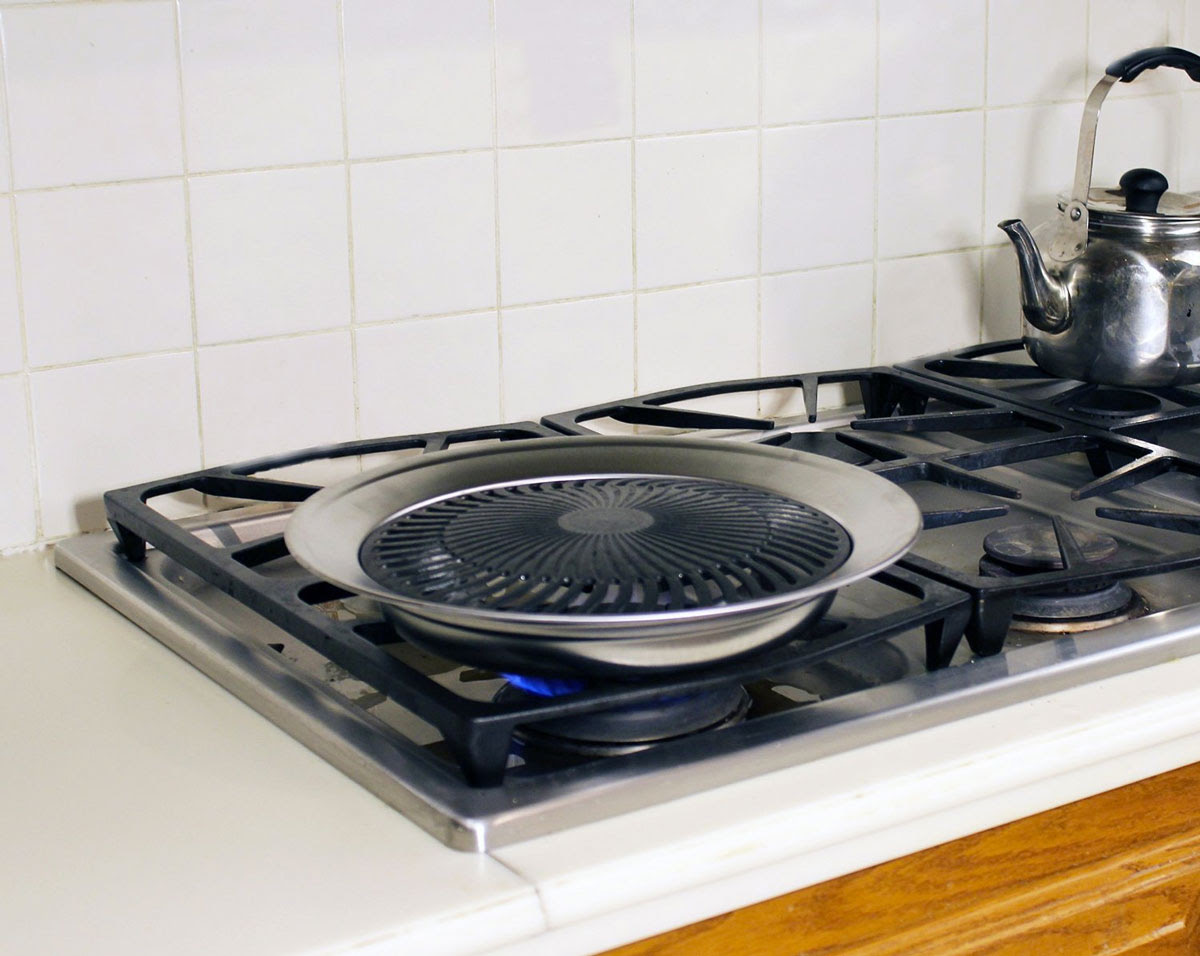

Articles
How To Use A Gas Stove Top
Modified: December 7, 2023
Learn how to safely and efficiently use a gas stove top with our informative articles. Get expert tips and tricks to enhance your cooking experience.
(Many of the links in this article redirect to a specific reviewed product. Your purchase of these products through affiliate links helps to generate commission for Storables.com, at no extra cost. Learn more)
Introduction
A gas stove top is a versatile and popular appliance found in many kitchens. Whether you’re a seasoned chef or a novice cook, understanding how to properly use a gas stove top is essential for efficient and safe cooking. In this article, we will guide you through the basic components of a gas stove top, offer safety precautions to follow, explain how to ignite the stove top, provide tips on adjusting the flame, discuss the use of different burners, explore cleaning and maintenance, and address common troubleshooting issues.
Gas stove tops offer several advantages over electric alternatives. They provide instant heat and precise temperature control, allowing for more accurate cooking results. Additionally, gas stove tops tend to be more energy-efficient and cost-effective in the long run. However, it’s important to be aware of the potential hazards associated with gas appliances and to take the necessary precautions to ensure your safety.
Before we dive into the specifics, it’s important to familiarize yourself with the basic components of a gas stove top. The main components include the burners, control knobs, ignition system, grates, and the stove’s surface. Understanding how these components work together will help you operate the stove top effectively and safely.
Key Takeaways:
- Mastering the art of using a gas stove top involves understanding its components, prioritizing safety, and learning to ignite, adjust the flame, and use different burners effectively. Regular cleaning and maintenance are essential for optimal performance.
- Safety precautions, proper ignition, flame adjustment, and maintenance are crucial for efficient and safe use of a gas stove top. Understanding common troubleshooting issues ensures a smooth cooking experience.
Read more: How To Use Gas Stove Burners
Basic Components of a Gas Stove Top
A gas stove top consists of several key components that work together to provide heat for cooking. Understanding these components is crucial for using the stove top effectively. Let’s take a closer look at each one:
- Burners: The burners are the primary source of heat on your gas stove top. Typically, there are four burners, although the number may vary depending on the model. Each burner has its own control knob to regulate the heat output.
- Control Knobs: The control knobs are located in front of each burner and allow you to adjust the flame intensity. They are usually labeled with numbers or symbols to indicate the heat level. To ignite the burner, you’ll need to turn the knob and release the gas.
- Ignition System: Gas stove tops come with either a manual ignition system or an automatic ignition system. With a manual ignition system, you’ll need to use a match or a lighter to ignite the gas. Automatic ignition systems use an electric spark to ignite the gas when you turn the control knob.
- Grates: The grates are the sturdy, removable metal grids on top of the burners. They provide a stable surface for your pots and pans. Make sure to remove the grates for cleaning and maintenance purposes.
- Stainless Steel Surface: The stove top’s surface is usually made of stainless steel, which is durable and easy to clean. It’s important to clean spills and food debris to prevent them from becoming stubborn stains.
Now that you’re familiar with the basic components of a gas stove top, it’s time to move on to the next section: safety precautions. Remember, safety should always be a top priority when using any kitchen appliance.
Safety Precautions
When using a gas stove top, it’s crucial to prioritize safety to prevent accidents and ensure a secure cooking environment. Here are some important safety precautions to keep in mind:
- Proper Ventilation: Make sure your kitchen has adequate ventilation. Gas stoves produce carbon monoxide, a colorless and odorless gas that can be harmful if inhaled in high quantities. Open a window or use an exhaust fan when cooking to ensure proper airflow.
- Check for Gas Leaks: Before using the stove top, check for gas leaks. Apply a mixture of soapy water to the connections and hoses. If you see bubbles forming, it indicates a leak. In such cases, turn off the gas supply and contact a professional for repairs.
- Keep Flammable Objects Away: Keep flammable objects like towels, paper, and plastic away from the stove top. This will reduce the risk of accidental fires.
- Use Proper Cookware: Always use cookware that is suitable for gas stove tops. Avoid using lightweight or thin pans that can easily warp or be damaged by the direct flame.
- Never Leave Unattended: Never leave the stove top unattended while it’s in use. Accidents can happen quickly, so always stay vigilant and monitor your cooking.
- Clean spills promptly: Clean up any spills or overflow from the burners immediately. This will prevent the buildup of grease, which can lead to fire hazards.
- Keep Children and Pets Away: Ensure that children and pets are kept away from the stove top while it’s in use. Hot surfaces and open flames can cause injuries.
- Know Your Emergency Shut-Off Valve: Familiarize yourself with the location of the emergency shut-off valve for your gas supply. In case of a gas leak or emergency, you can quickly shut off the gas to prevent further risks.
By following these safety precautions, you’ll create a safer cooking environment and minimize the chances of accidents or mishaps. Next, let’s move on to the process of igniting the gas stove top.
Igniting the Gas Stove Top
Igniting the gas stove top is a straightforward process, but it’s important to follow the correct steps to ensure safe and successful ignition. Here’s a step-by-step guide on how to ignite your gas stove top:
- Check the Control Knobs: Make sure all the control knobs are in the “Off” position before attempting to ignite the stove top.
- Turn on the Gas Supply: Locate the gas supply valve, usually located near the stove or on the wall behind it. Turn the valve counterclockwise to open the gas supply.
- Match or Ignition System: Depending on whether your stove top has a manual or automatic ignition system, you’ll need either a match or a lighter, or simply turn the control knob to ignite the stove top.
- If Using a Match or Lighter:
- Hold the match or lighter near the burner you want to ignite.
- Turn the control knob of the desired burner counterclockwise to the “Ignite” or “Light” position.
- Bring the match or lighter close to the burner and ignite the gas by carefully touching the flame to the burner.
- If Using an Automatic Ignition System:
- Turn the control knob of the desired burner counterclockwise to the “Ignite” or “Light” position.
- You should hear a clicking sound as the automatic ignition system tries to ignite the gas. Once successfully ignited, the flame will appear.
- Adjust the Flame: Once the burner is ignited, you can adjust the flame intensity by turning the control knob. Start with a low flame and increase it as needed for your cooking.
Remember to exercise caution while lighting the stove top. If the burner fails to ignite or the flame goes out, wait for a few minutes before attempting to relight it. This allows any excess gas in the air to dissipate, reducing the risk of fire or explosion.
Now that your gas stove top is ignited, let’s move on to the next section: adjusting the flame.
Adjusting the Flame
Once you have successfully ignited the gas stove top, it’s important to know how to adjust the flame to achieve the desired cooking temperature. The ability to control the flame intensity is one of the advantages of using a gas stove top. Here’s how you can adjust the flame:
- Start with a Low Flame: When you first ignite the burner, set the flame to a low level. This allows you to gradually increase the heat as needed.
- Turn the Control Knob: To increase the flame, slowly turn the control knob clockwise. This will allow more gas to flow, resulting in a larger flame. Similarly, to decrease the flame, turn the control knob counterclockwise.
- Observe the Flame Color: As you adjust the flame, pay attention to its color. A blue flame indicates a proper balance of gas and air, resulting in efficient and clean combustion. If the flame appears yellow or orange, it may indicate a problem with the burner or insufficient air supply. In such cases, you may need to clean the burner or check for any obstructions.
- Use Different Flame Intensities: Different cooking techniques may require different flame intensities. For gentle simmering or delicate tasks like melting chocolate, a low flame is recommended. For tasks that require rapid boiling or high heat searing, a higher flame setting is necessary.
- Keep an Eye on the Pots and Pans: Make sure the flame is properly aligned with the bottom of your pots and pans. An uneven flame can result in uneven cooking or excessive heat loss. Adjust the position of the pot or pan to ensure proper heat distribution.
By mastering the art of adjusting the flame, you’ll have better control over your cooking and be able to achieve consistent and delicious results. Next, let’s explore using different burners on a gas stove top.
Always turn on the gas before igniting the burner. Use a long match or lighter to ignite the burner, holding it close to the burner while turning the knob. Adjust the flame to the desired level for cooking.
Read more: How To Open Frigidaire Gas Stove Top
Using Different Burners
A gas stove top typically has multiple burners, each with its own control knob. Understanding how to use different burners effectively will allow you to multitask and cook various dishes simultaneously. Here’s a guide on using different burners on a gas stove top:
- Identify the Burner Sizes: Gas stove tops usually have different-sized burners to accommodate various cooking needs. Typically, there are small, medium, and large burners. Determine the size and power output of each burner.
- Match Burner Size to Cookware: Select the appropriate burner size based on the size of your cookware. For smaller pans or utensils, use the small burner to avoid wasting heat. Larger pots and pans will benefit from the distribution of heat from medium or large burners.
- Consider Heat Distribution: Some burners are designed to provide more heat towards the center, while others distribute heat evenly. Take this into account when choosing which burner to use for specific cooking tasks. For example, a high-heat center burner can be ideal for searing, while an evenly distributed flame is suitable for simmering.
- Utilize Simultaneous Cooking: With multiple burners on your gas stove top, you can cook different dishes at once. This can be convenient for preparing a meal with multiple components or when you need to cook quickly. Just make sure to manage the heat levels and keep an eye on each dish.
- Rotate Pots and Pans: To ensure even cooking, rotate the position of your pots and pans on the burners periodically. This will help distribute heat more evenly and avoid hot spots or uneven cooking results.
- Use the Simmer Burner: Some gas stove tops have a dedicated simmer burner, which provides low heat for delicate tasks like simmering sauces or keeping food warm. This burner is perfect for tasks that require low and consistent heat over an extended period.
Experimenting with different burners and discovering their unique capabilities will allow you to fully utilize your gas stove top’s versatility. Now, let’s move on to discussing the importance of cleaning and maintaining your gas stove top.
Cleaning and Maintenance
Proper cleaning and maintenance are essential for keeping your gas stove top in good working condition and ensuring optimal performance. Regular cleaning helps remove grease, food residue, and other debris that can build up over time. Here are some important tips for cleaning and maintaining your gas stove top:
- Regular Wipe Down: After each use, wipe down the stove top with a damp cloth or sponge to remove any spills or splatters. This will prevent stains and make deep cleaning easier.
- Remove Burner Grates: Remove the burner grates and soak them in warm, soapy water. Use a brush or sponge to scrub off any stubborn stains or residue. Rinse thoroughly and allow them to dry before placing them back on the stove top.
- Clean the Burners: Lift the burner caps and clean underneath them using a brush or cloth. Wipe away any grease or food residues. If the burners are removable, follow the manufacturer’s instructions for cleaning and maintenance.
- Scrub the Stove Top Surface: Use a non-abrasive cleaner or a mixture of baking soda and water to scrub the stainless steel surface of the stove top. Avoid using harsh chemicals that can damage the finish. Rinse with a damp cloth and dry with a clean towel.
- Pay Attention to Control Knobs: Clean the control knobs regularly. If they are removable, soak them in warm, soapy water and scrub away any grime or buildup. Dry them thoroughly before attaching them back onto the stove top.
- Check for Gas Leaks: Periodically check for gas leaks by applying a mixture of soapy water to the connections and hoses. If you observe any bubbles forming, it indicates a leak. Turn off the gas supply immediately and seek professional assistance for repairs.
By incorporating these cleaning and maintenance practices into your routine, you’ll keep your gas stove top in top-notch condition and ensure its longevity. Regular cleaning also helps maintain the efficiency and performance of the burners, allowing for consistent cooking results.
Now that you know how to clean and maintain your gas stove top, let’s move on to troubleshooting common issues that you may encounter.
Troubleshooting Common Issues
While gas stove tops are generally reliable and efficient, you may encounter some common issues along the way. Understanding how to troubleshoot these issues can save you time and money. Here are a few common problems you may encounter with your gas stove top and some possible solutions:
- Weak or Uneven Flames: If you notice weak or uneven flames on one or more burners, it may be due to clogged burner ports. Clean the burner ports with a small brush or pin to remove any debris or residue that may be obstructing the gas flow.
- Difficult Ignition: If you’re having trouble igniting a burner, check that the control knob is in the “Off” position before turning it to the “Light” or “Ignite” position. If the issue persists, the ignition system may need cleaning or repair. Consult the manufacturer’s instructions or contact a professional for assistance.
- Gas Odor: If you detect a strong smell of gas, it’s crucial not to ignore it. Open windows and doors to ventilate the area and avoid using any open flames or electrical devices. Check for gas leaks using the soapy water method mentioned earlier. If you suspect a gas leak, evacuate the area immediately and contact your gas supplier or a professional technician.
- Continuously Clicking Sound: If you hear a continuous clicking sound even after the burner has been ignited, it may indicate a faulty ignition switch. Turn off the burner, allow it to cool, and consult a professional for repair or replacement.
- Stains or Scratches: To minimize staining and scratching on the stove top surface, avoid using abrasive cleaners or scouring pads. Instead, use non-abrasive cleaning solutions and soft cloths or sponges. For stubborn stains, consider using a specialized stainless steel cleaner.
If you encounter any issues that you’re unable to resolve on your own, it’s always best to seek professional assistance. They have the expertise to diagnose and fix any problems with your gas stove top.
With proper troubleshooting, you can address most common issues and keep your gas stove top functioning efficiently. Now, let’s wrap up with a summary of the key points covered in this article.
Conclusion
A gas stove top is a valuable and versatile appliance that offers instant heat and precise temperature control for your cooking needs. By understanding how to properly use and maintain your gas stove top, you can enhance your cooking experience while ensuring safety and optimal performance.
In this article, we discussed the basic components of a gas stove top, including the burners, control knobs, ignition system, grates, and stove top surface. We emphasized the importance of following safety precautions such as proper ventilation, checking for gas leaks, and keeping flammable objects away from the stove top.
We also provided a step-by-step guide on igniting the gas stove top, adjusting the flame intensity, and using different burners for various cooking tasks. Additionally, we highlighted the significance of regular cleaning and maintenance to preserve the efficiency and longevity of your appliance.
Lastly, we addressed common troubleshooting issues such as weak or uneven flames, difficult ignition, gas odors, and continuous clicking sounds. It’s crucial to address these issues promptly to ensure both safety and optimal performance.
Remember, always prioritize safety and follow the manufacturer’s instructions for your specific gas stove top model. If you encounter any issues you’re unable to resolve, don’t hesitate to seek professional assistance.
With the knowledge and understanding gained from this article, you can confidently and effectively use your gas stove top, creating delicious meals with ease. Enjoy the benefits of a gas stove top and happy cooking!
Frequently Asked Questions about How To Use A Gas Stove Top
Was this page helpful?
At Storables.com, we guarantee accurate and reliable information. Our content, validated by Expert Board Contributors, is crafted following stringent Editorial Policies. We're committed to providing you with well-researched, expert-backed insights for all your informational needs.
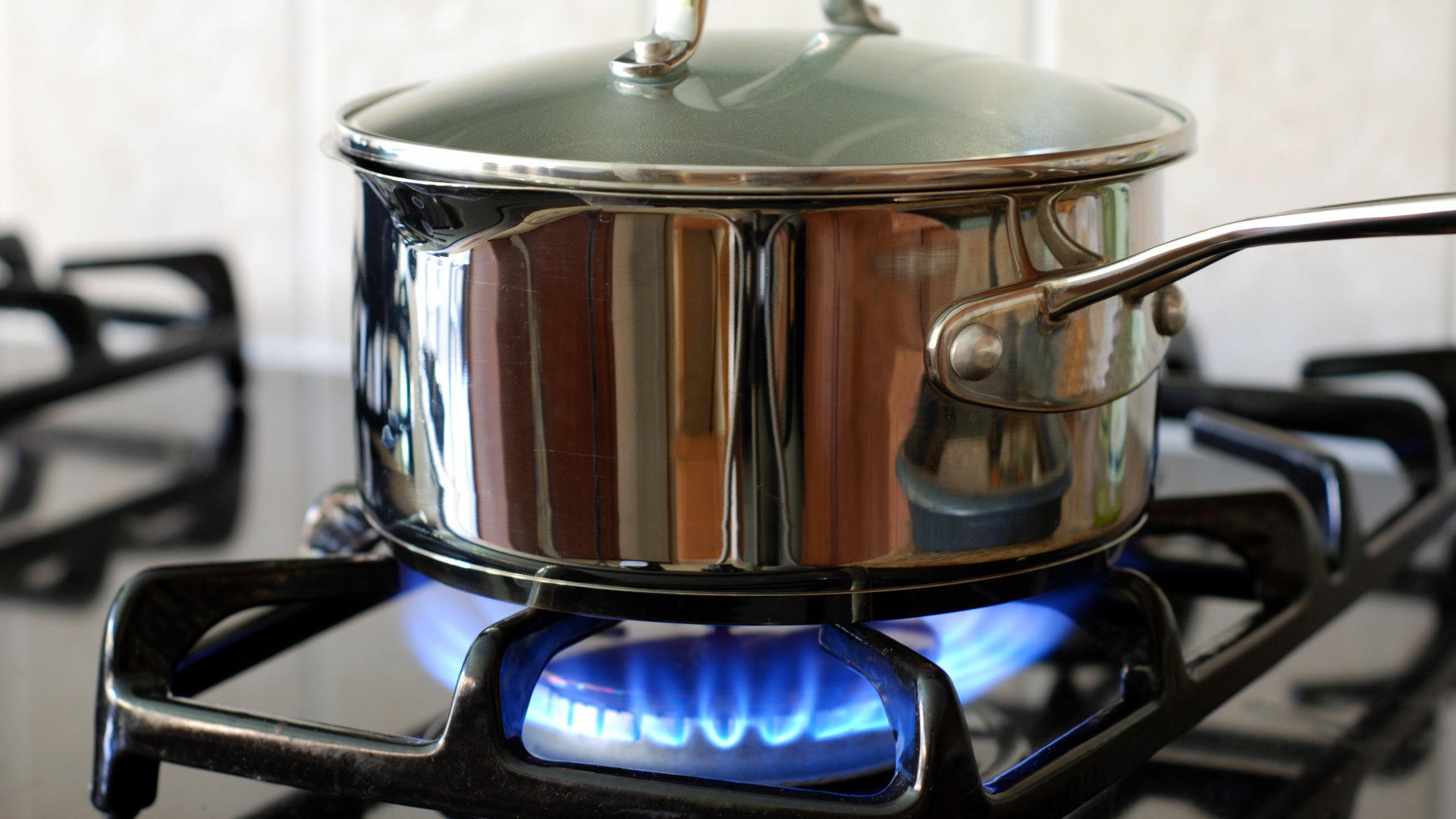
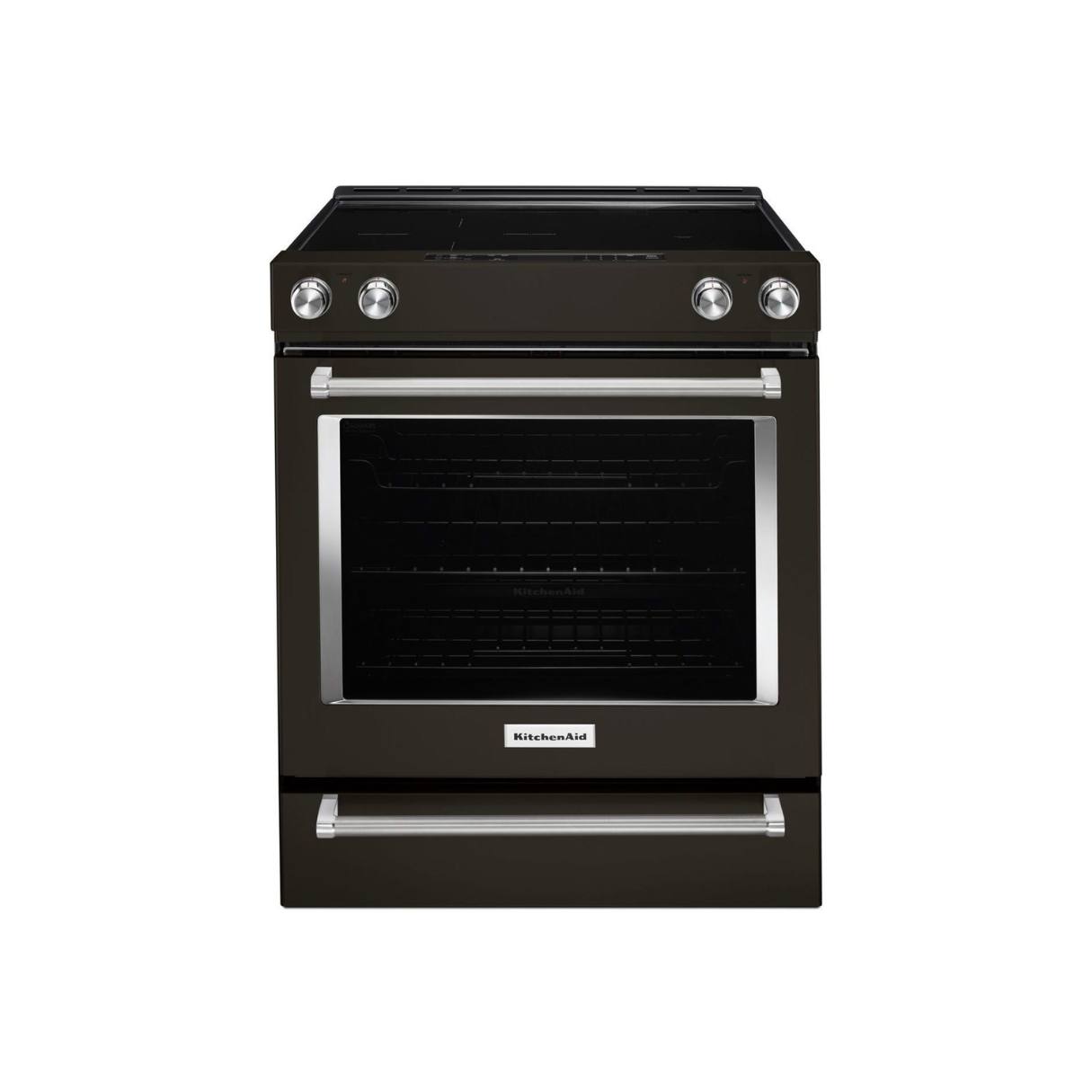
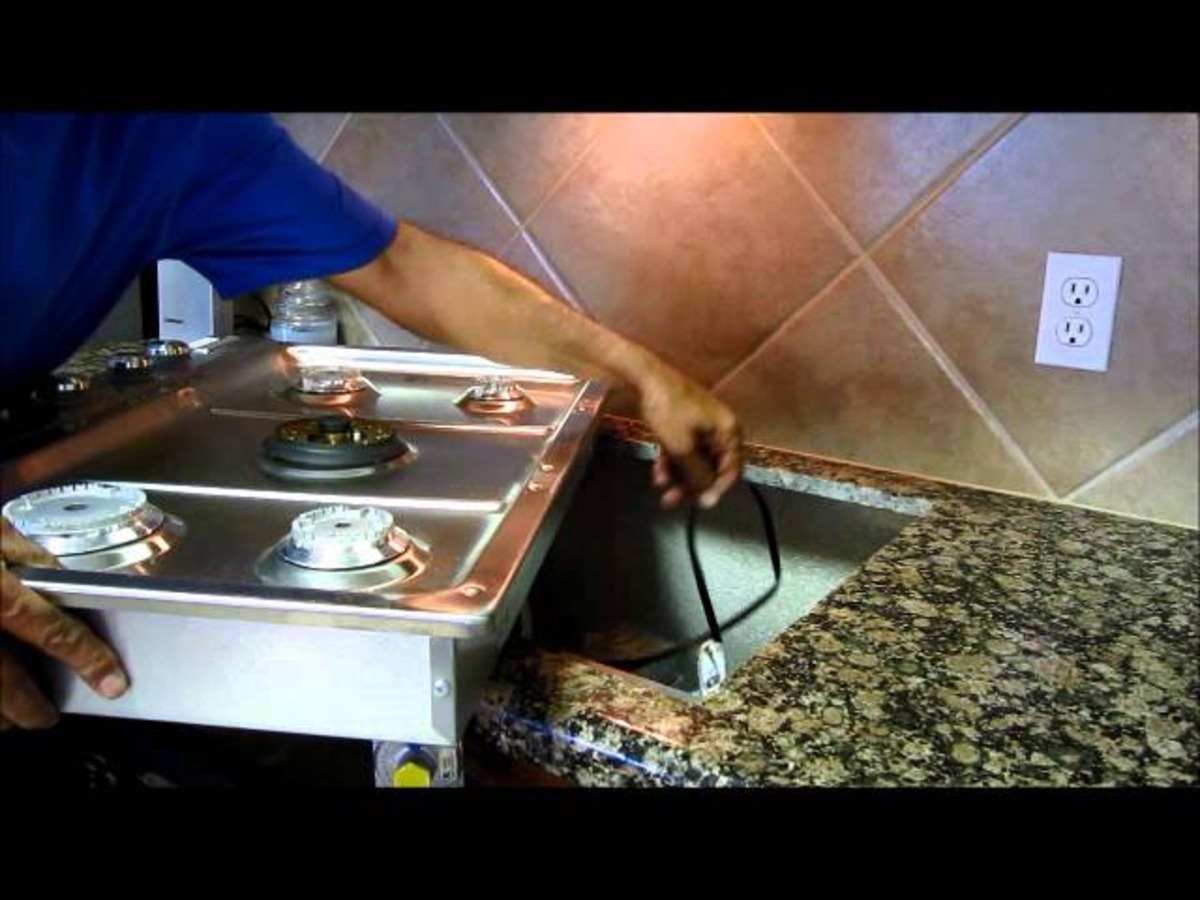
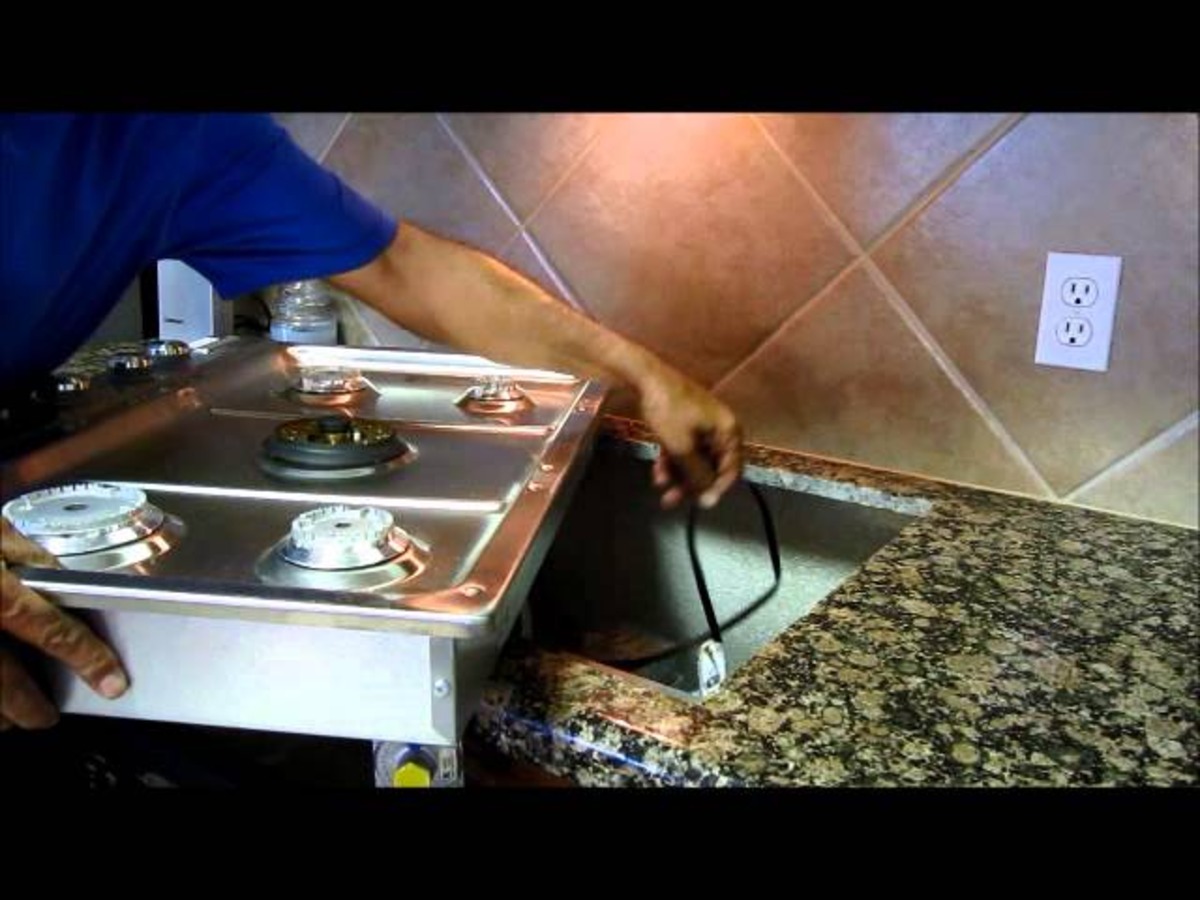
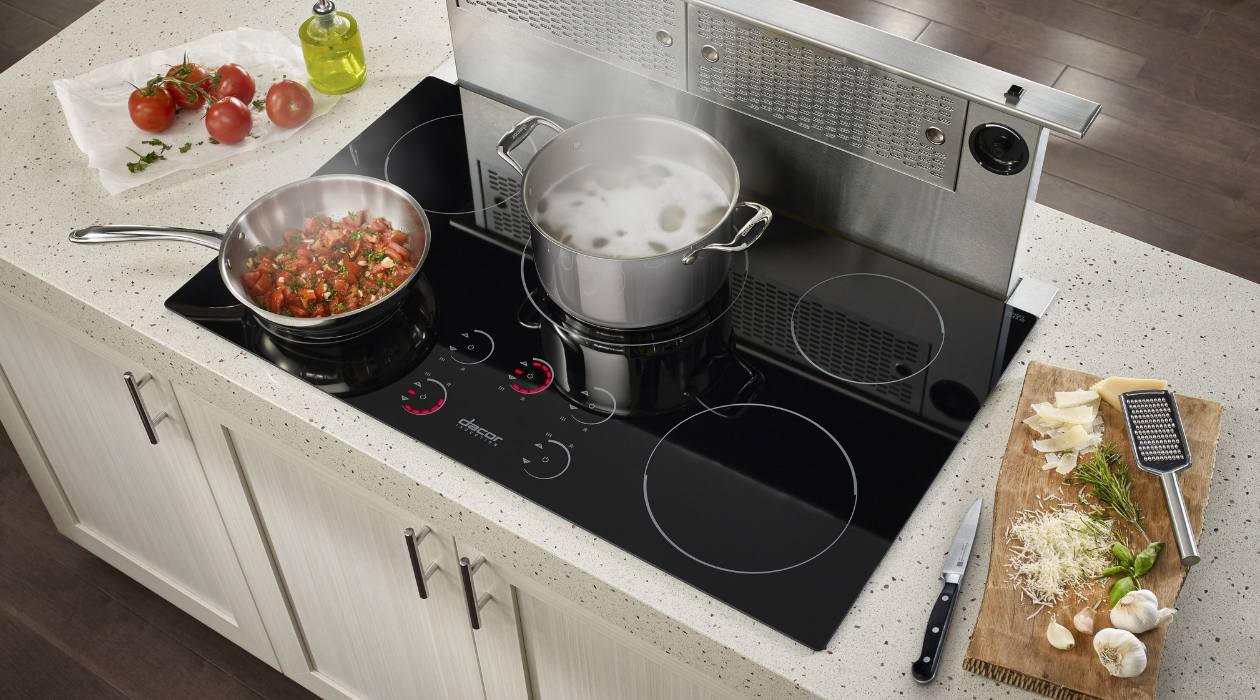
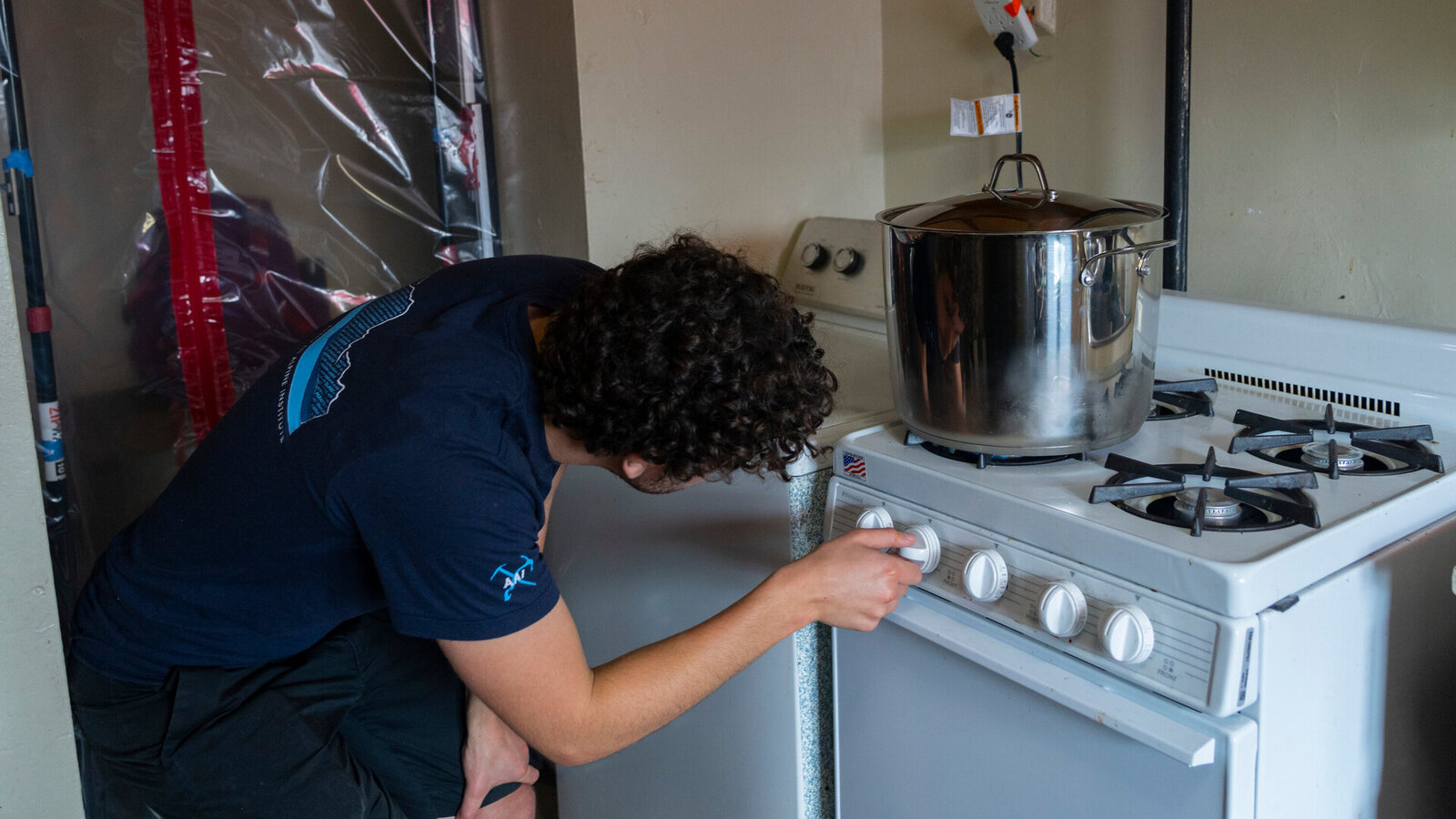
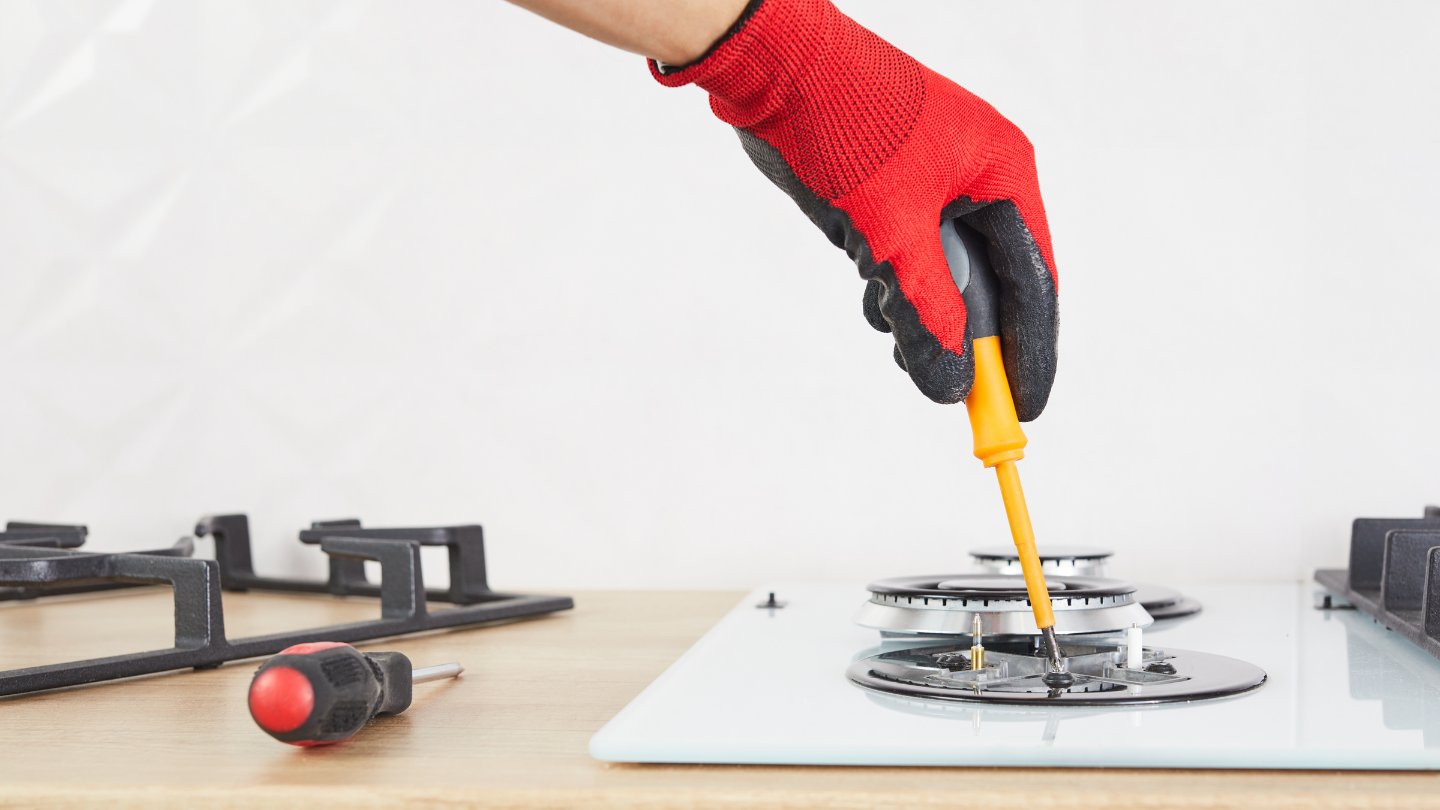
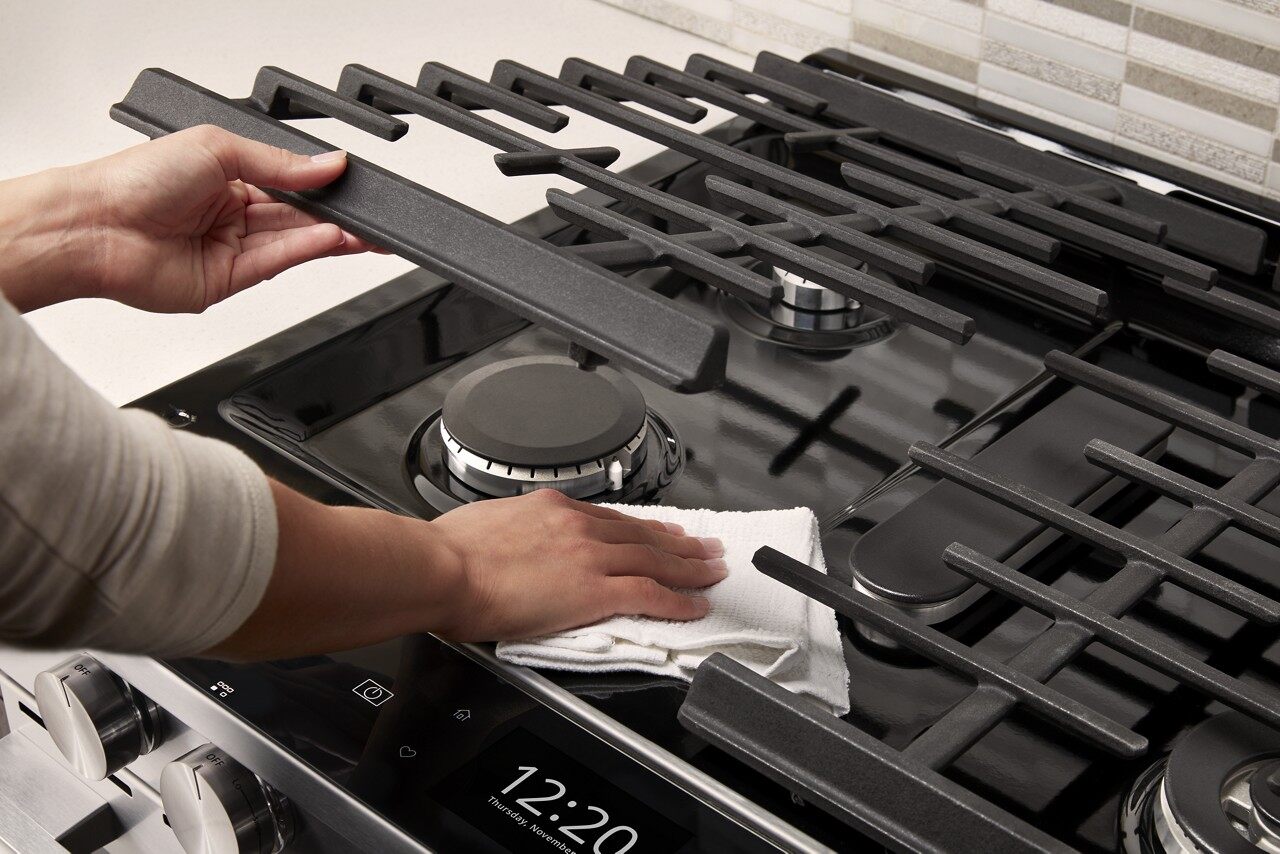
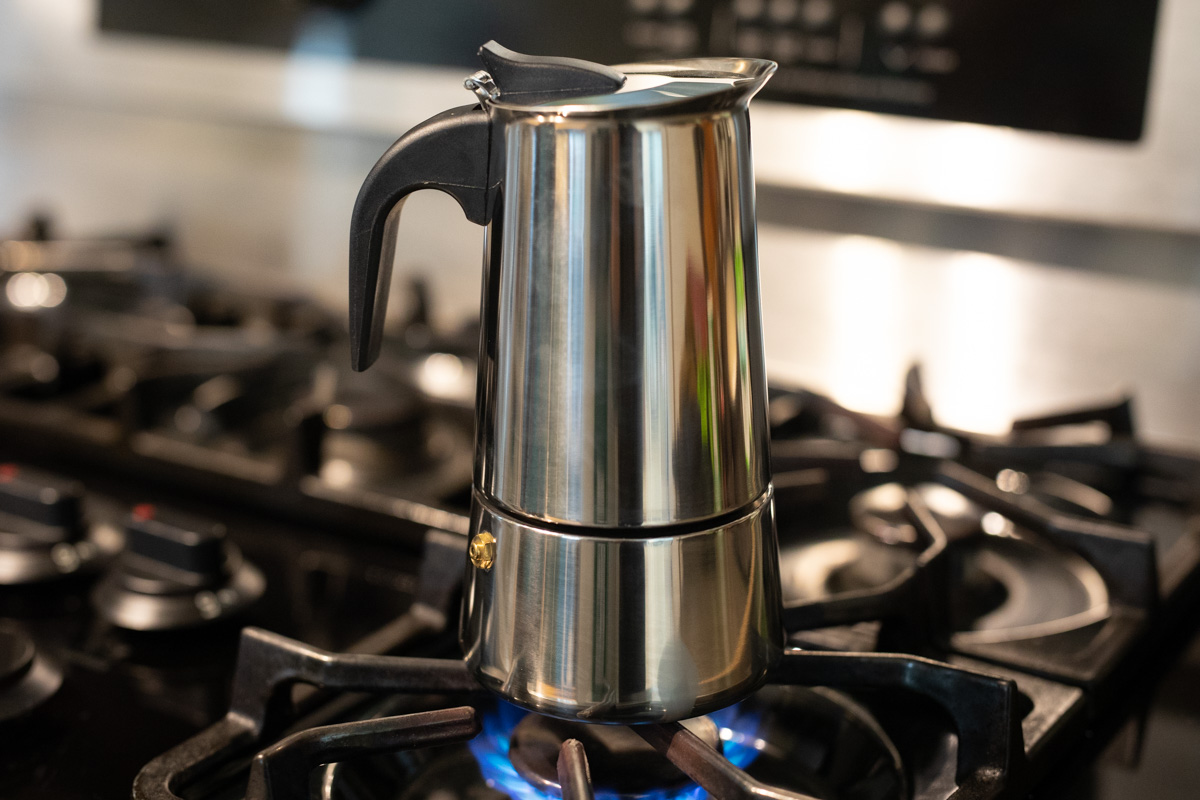
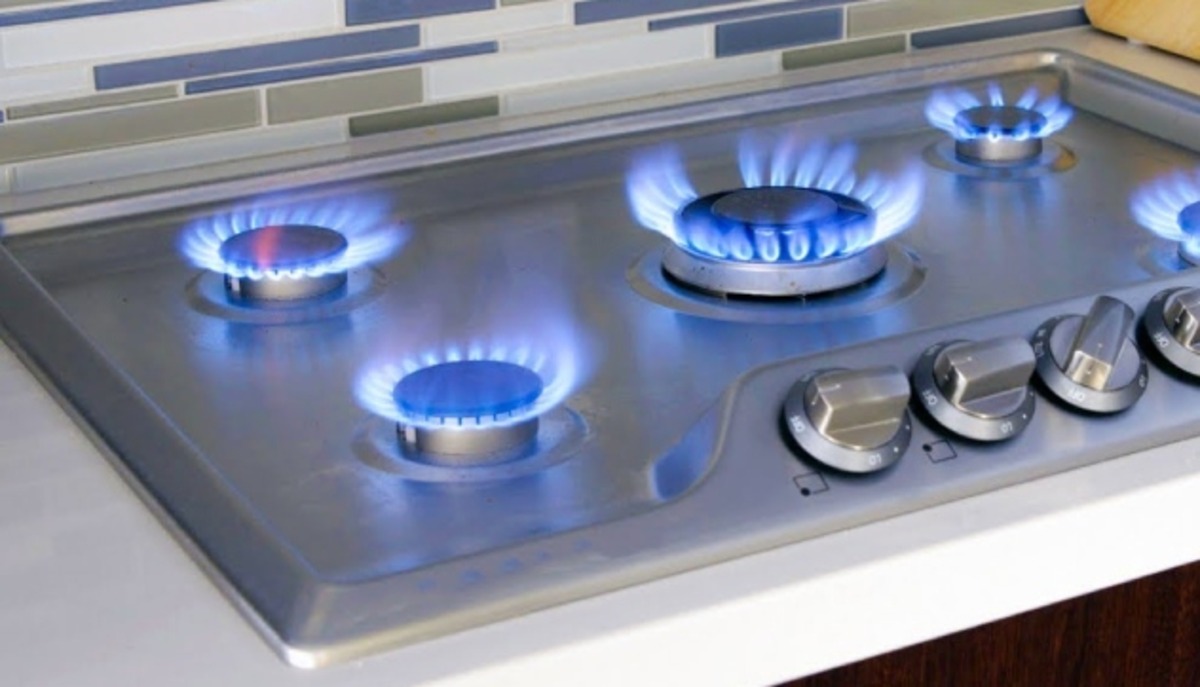
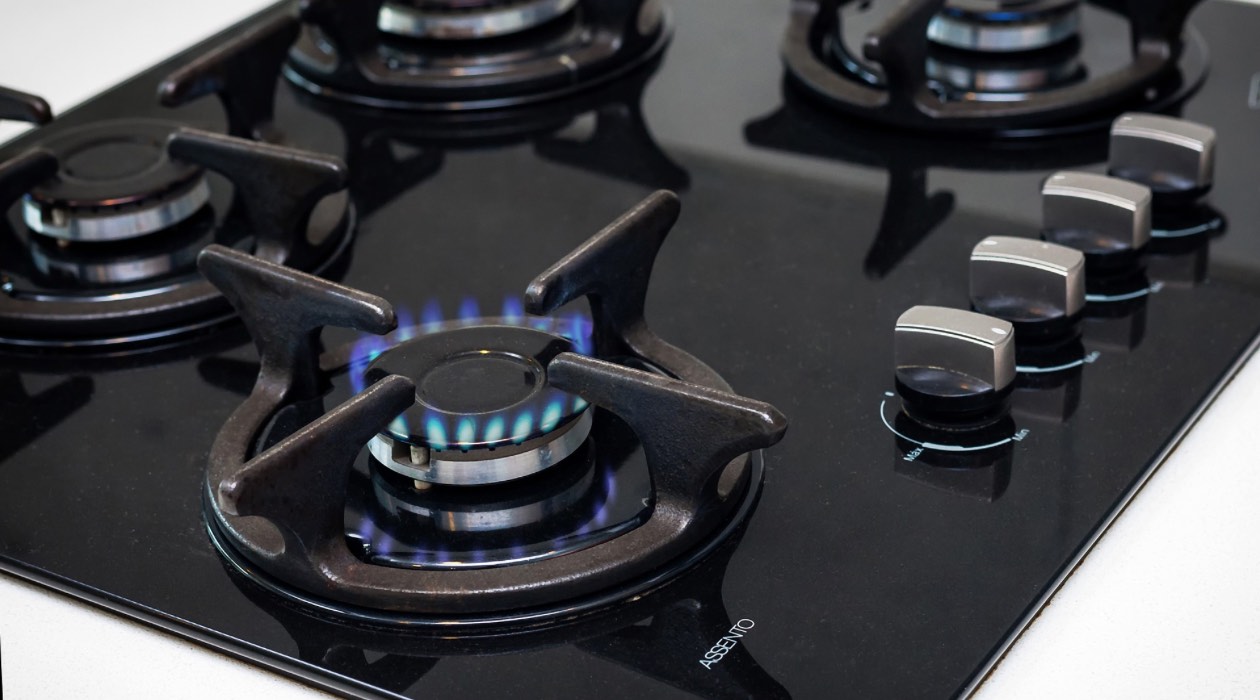
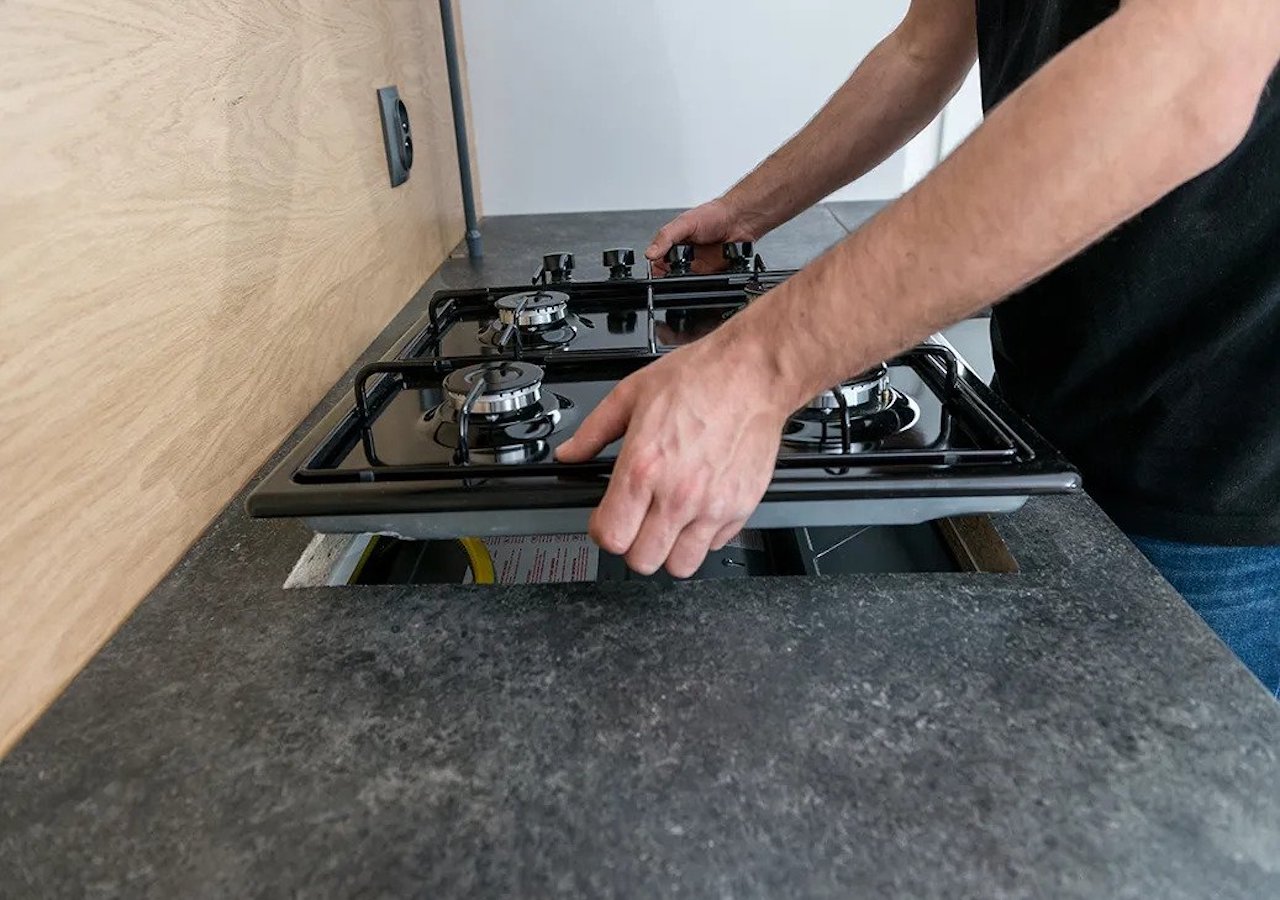
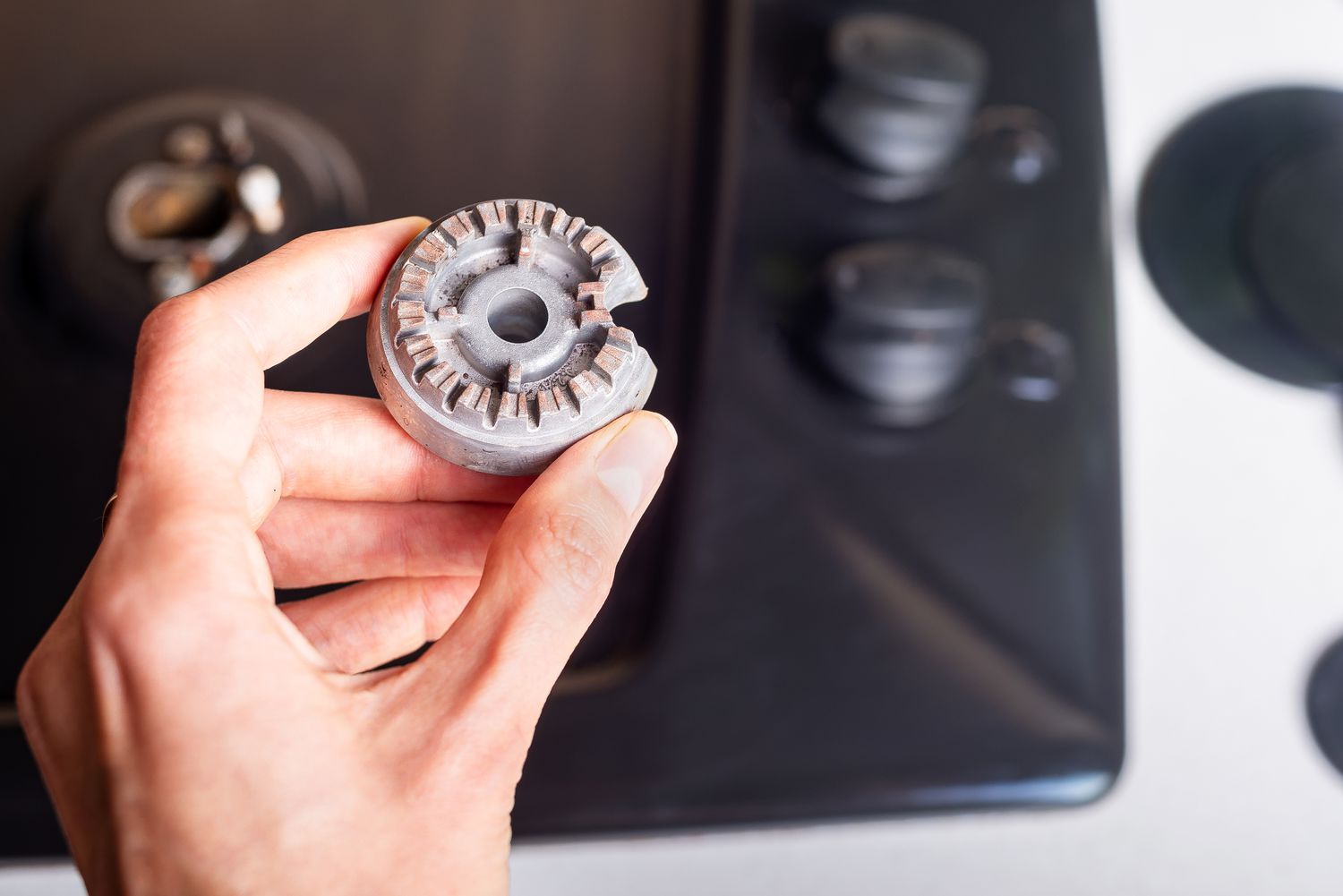
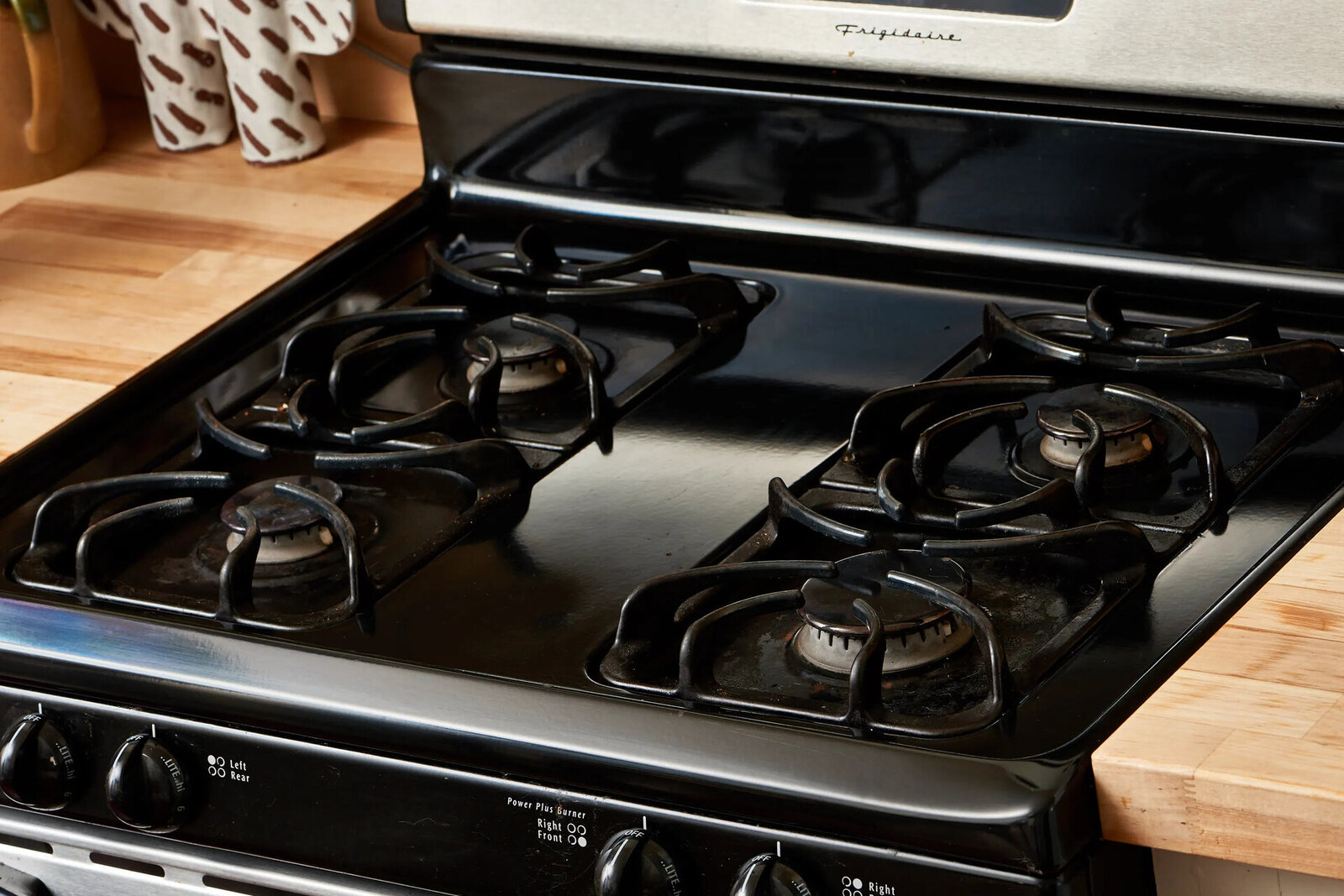

0 thoughts on “How To Use A Gas Stove Top”